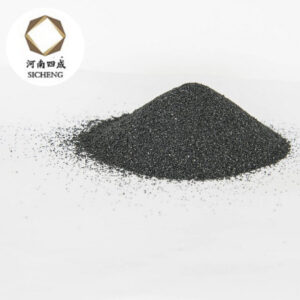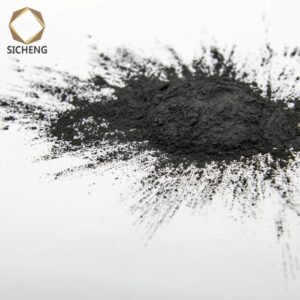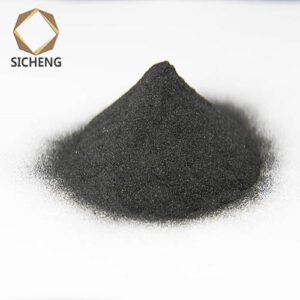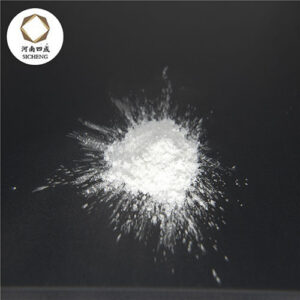White corundum to high-quality alumina powder as raw materials, in the arc by more than 2000 degrees of high temperature smelting made, at present, the use of white corundum has a very broad market, in these corundum abrasives, I don’t know how much you know about plate corundum, what is the difference between white corundum and plate corundum? Today, tabular corundum manufacturers will give you a brief introduction!
White corundum is a relatively common abrasive in the abrasive market, which has the characteristics of high purity, good self-sharpening, acid and alkali corrosion resistance, high temperature resistance, and stable thermal performance.
Tabular corundum is widely used in high-performance refractories that are used in many fields such as steel, casting, petrochemicals, and ceramics. Tabular corundum has become the leading product of synthetic high-purity alumina aggregate because of its high refractory resistance, thermal shock resistance, creep resistance and excellent wear resistance.
Tabular corundum has a dense structure and is an aggregate composed of 50-400 μm large grain sintered α-Al2O3. It is named because of the shape of its grains like a plate.
Plate-like corundum is prepared by quickly firing ultrafine α-Al2O3 pellets at slightly below the melting temperature. After heat treatment, balls of about 20mm are crushed and ground to obtain various sizes. Due to the sintering process, tabular corundum (T60/T64) exhibits very uniform properties, such as low impurity content, high volume specific gravity, and low open porosity. It is superior to other natural and synthetic materials, like electrofused corundum.
The production process of tabular corundum provides a very homogeneous alumina aggregate, while the cooling of the electrofused alumina block results in a very uneven product. Rapid cooling on the outside results in fine grains, while slow cooling closer to the center results in coarse grains. Impurities with the lowest melting point accumulate in the center of the frit. Because β-Al2O3 has a lower hardness than α-Al2O3, β-Al2O3 is collected in electrofused alumina fine powder.





